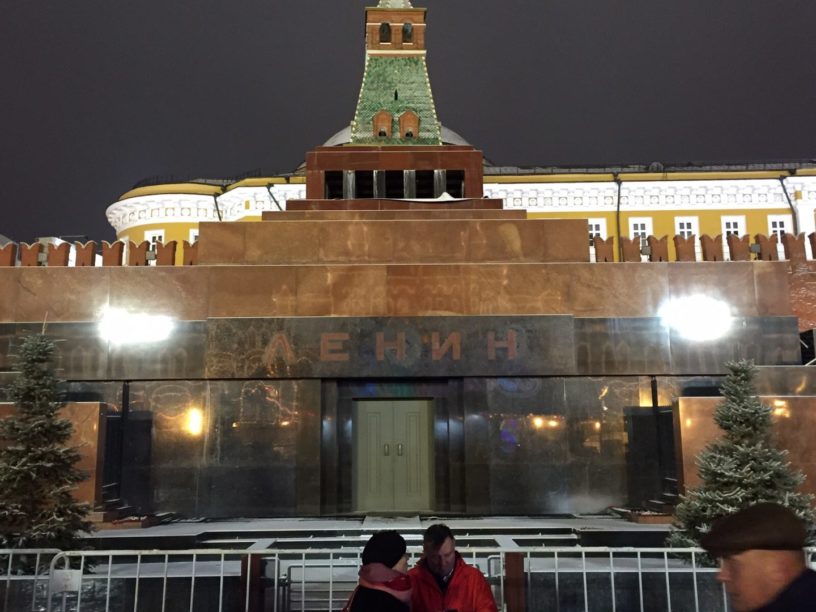
Lenin Mausoleum outside the walls of the Kremlin in Moscow. Photo by CaritasUbi. Wikimedia Commons.
Top 10 Interesting Facts about Lenin’s Mausoleum
Lenin’s Mausoleum is also known as Lenin’s Tomb. The mausoleum that serves as the resting place of Soviet leader Vladimir Lenin. Vladimir Lenin was a Russian revolutionary, politician, and political theorist. He served as the first and founding head of government of Soviet Russia from 1917 to 1924 and of the Soviet Union from 1922 to 1924.
The mausoleum is located at Red Square in the center of Moscow. When Lenin died on 21st January 1924, architect Alexey Shchusev was tasked with building a structure suitable for viewing of the body by mourners. Lenin preserved body has been on public display at the mausoleum since shortly after his death in 1924.
To date, the Mausoleum is open to the public on Tuesdays, Wednesdays, Thursdays, Saturdays, and Sundays from 10:00–13:00. Visitors still queue to see Lenin’s body although queues are not as long as they once were. Entrance is free of charge. Here are the Top 10 Interesting Facts about Lenin’s Mausoleum.
1. It houses the preserved remains of Lenin Vladimir
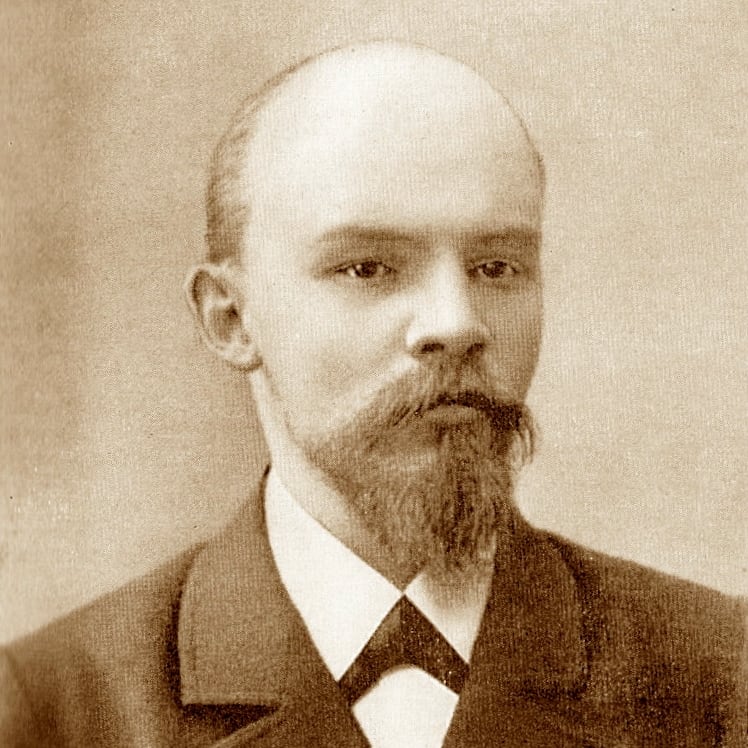
Vladimir Ulyanov (Lenin), after finishing his exile in Siberia. Photo by Unknown Author. Wikimedia Commons.
One of the most remarkable facts about Lenin’s Mausoleum is that Lenin’s remains have been on public display inside this structure ever since he was first placed here less than a week following his death. The sarcophagus in which his remains are kept is made of glass. You can see his embalmed body lying here.
Between 1941 and the end of World War II, his body was temporarily moved to Siberia to avoid it being captured by the invading Nazi army. The old sarcophagus was replaced with a new one in the year 1973.
2. Millions of people have visited the Mausoleum
Just six weeks after Lenin’s body has been placed in the tomb, more than 100,000 people visited the tomb. Every year around 2.5 million people visit the mausoleum.
3. Joseph Stalin’s embalmed body also stayed in the mausoleum for a while
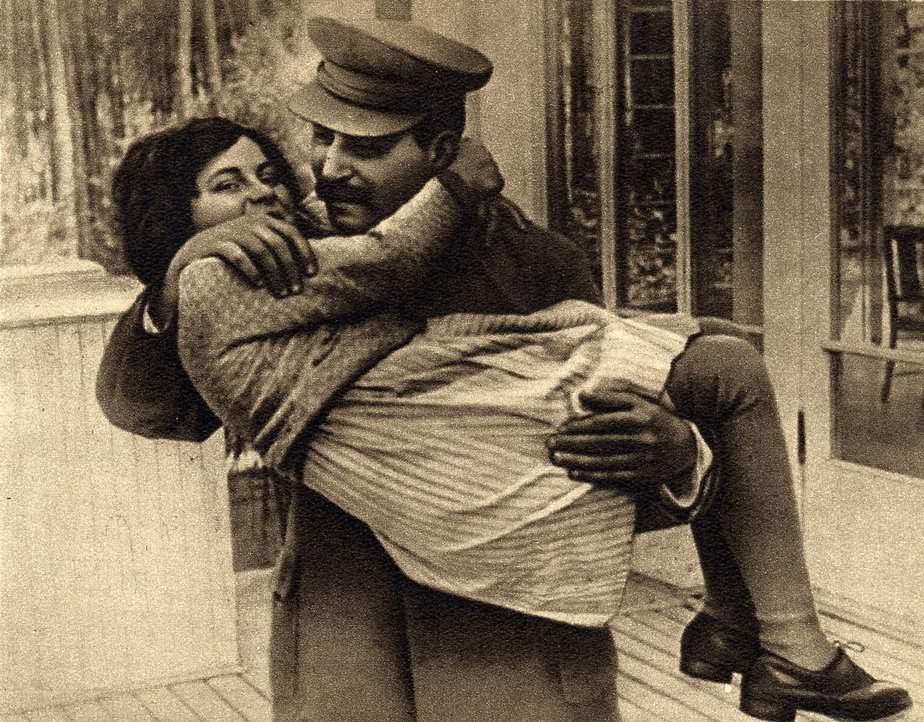
Joseph Stalin with daughter Svetlana, 1935. Photo by Unknown Author. Wikimedia Commons.
Between March 1953 and October 1961, Lenin’s body was joined by the embalmed body of Joseph Stalin (1878-1953). Stalin was the ruler of the Soviet Union between 1927 and his death. The 1960s was a period of de-Stalinization, though, a period referred to as the “Khrushchev’s Thaw” in which the suppressive regime was relaxed.
This already started shortly following Stalin’s death and eventually culminated in his body being removed from Lenin’s Mausoleum. His body was eventually buried inside the so-called “Kremlin Wall Necropolis” which is situated right behind the mausoleum.
4. There was an international competition to design a stone tomb for Lenin
In January 1925, the Presidium of the USSR Central Executive Committee announced an international competition to design a stone tomb for Lenin. The commission received 117 suggestions and sketches.
Among them, there were offered different variants: the ship with Lenin’s figure on board, the round mausoleum in a shape of a globe, the analogue of Egypt pyramid, the mausoleum in a shape of the five-pointed star. But after considering the proposed designs, the commission decided to retain the image of a wooden mausoleum.
5. The stone mausoleum was erected in 16 months
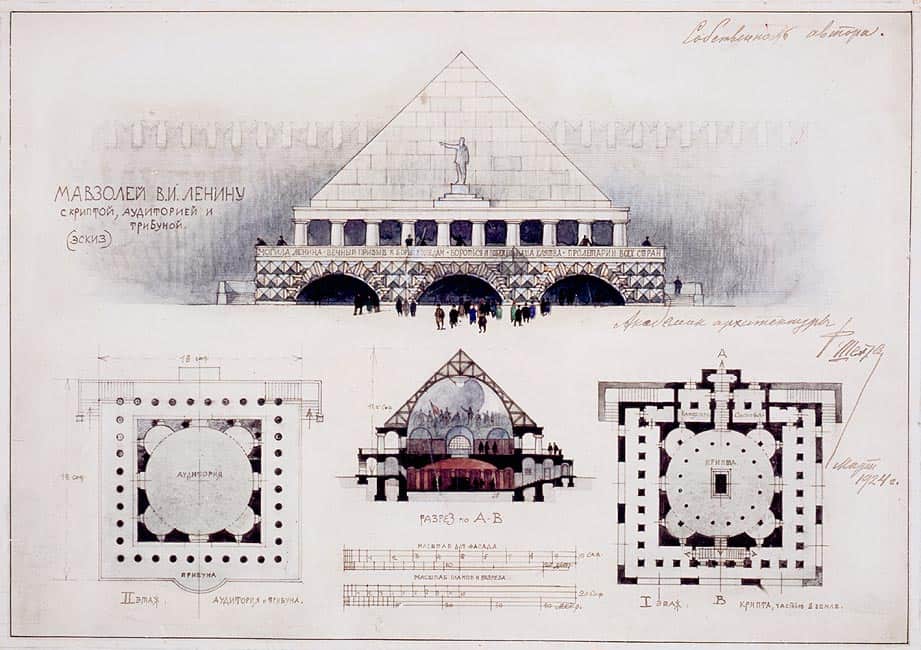
Fyodor Schechtel. Draft of the Lenin Mausoleum. Photo by Fyodor Schechtel. Wikimedia Commons.
While the original mausoleum was made of wood, Architect Shchusev created some new drawings based on old sketches and made a model in granite. His project was approved. It was decided to clad the new building with red granite, as well as black and grey Labrador.
Altogether 2900 m² of polished granite was required for the construction, each square meter of which was processed for three days on average. The stone mausoleum was erected in 16 months – by October 1930.
6. The mausoleum’s current design was inspired by other tombs
The design of the structure, a step-pyramid, wasn’t an accident. Time was a factor so the building was simply modeled on other funerary monuments, mainly the Step-Pyramid of Djoser, one of the oldest and most fascinating attractions in Egypt.
Other inspirations were found in the “Tomb of Cyrus the Great,” a monument dating back to the 6th-century B.C. in Iran, and the “Temple of the Inscriptions,” an enormous step-pyramid built by the Maya peoples in Central America.
7. Several reagents were used to preserve Lenin’s body
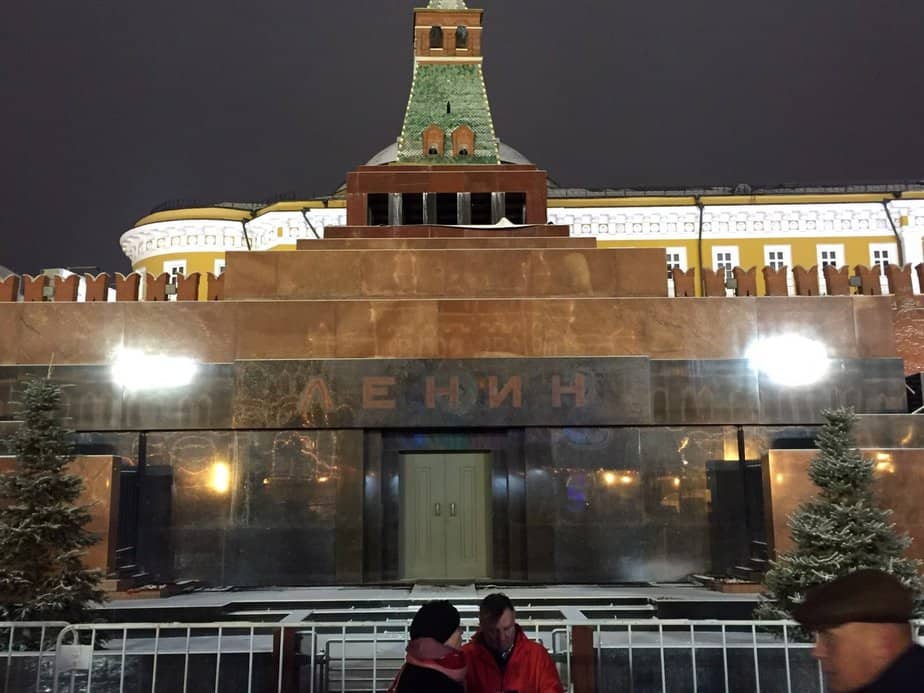
Lenin’s mausoleum at night. Photo by Jp16103. Wikimedia Commons.
Ever since the body was put on public display it has required special attention by a team of embalmers. To protect Lenin’s hands and face from displaying dark spots, they have worked on it with acetic acid and ethyl alcohol.
Further maintenance was needed with hydrogen peroxide to restore the skin’s original color. A combination of quinine or phenol, strong disinfectants, are being used to remove damp spots. The result is pretty impressive as it appears that the man only passed away a few days ago, even though it’s about a century ago!
8. The mausoleum is open to the public to date
The mausoleum, one of the most peculiar tourist attractions in Moscow, is open every Tuesday, Wednesday, Thursday, and Saturday, between 10 am and 1 pm. Entrance is actually free. There’s no fee to be paid. If you’re curious to see the body of the famous Soviet union leader then this is your cue.
Before visitors are allowed to enter the mausoleum, armed police or military guards search them. Visitors are required to show respect whilst inside the tomb: photography and filming inside the mausoleum are forbidden, as is talking, smoking, keeping hands in pockets, or wearing hats.
9. It has been renovated several times
The mausoleum has been closed a number of times. This was to allow for renovations. The ground on which it was constructed was shifting causing the mausoleum to sink. Due to this, it still stands strong.
10. It is located on the most famous square in Moscow

Lenin’s Mausoleum. Photo by R. Sieben. Wikimedia Commons.
The Red Square has many magnificent buildings. It is one of the most famous squares in the world. The Mausoleum of Lenin is without question the most peculiar one.
It’s a rather dull-looking monument in the form of a step-pyramid which is situated right in front of the East Kremlin Wall. It serves as the final resting place of Soviet leader Vladimir Ilyich Ulyanov, better known as Vladimir Lenin, who died on January 21, 1924.
Planning a trip to Paris ? Get ready !
These are Amazon’s best-selling travel products that you may need for coming to Paris.
Bookstore
- The best travel book : Rick Steves – Paris 2023 – Learn more here
- Fodor’s Paris 2024 – Learn more here
Travel Gear
- Venture Pal Lightweight Backpack – Learn more here
- Samsonite Winfield 2 28″ Luggage – Learn more here
- Swig Savvy’s Stainless Steel Insulated Water Bottle – Learn more here
Check Amazon’s best-seller list for the most popular travel accessories. We sometimes read this list just to find out what new travel products people are buying.

